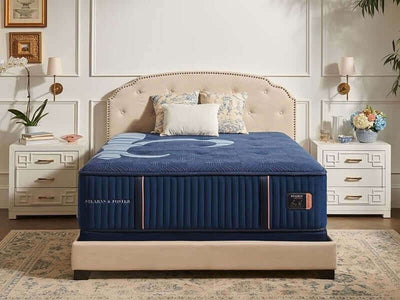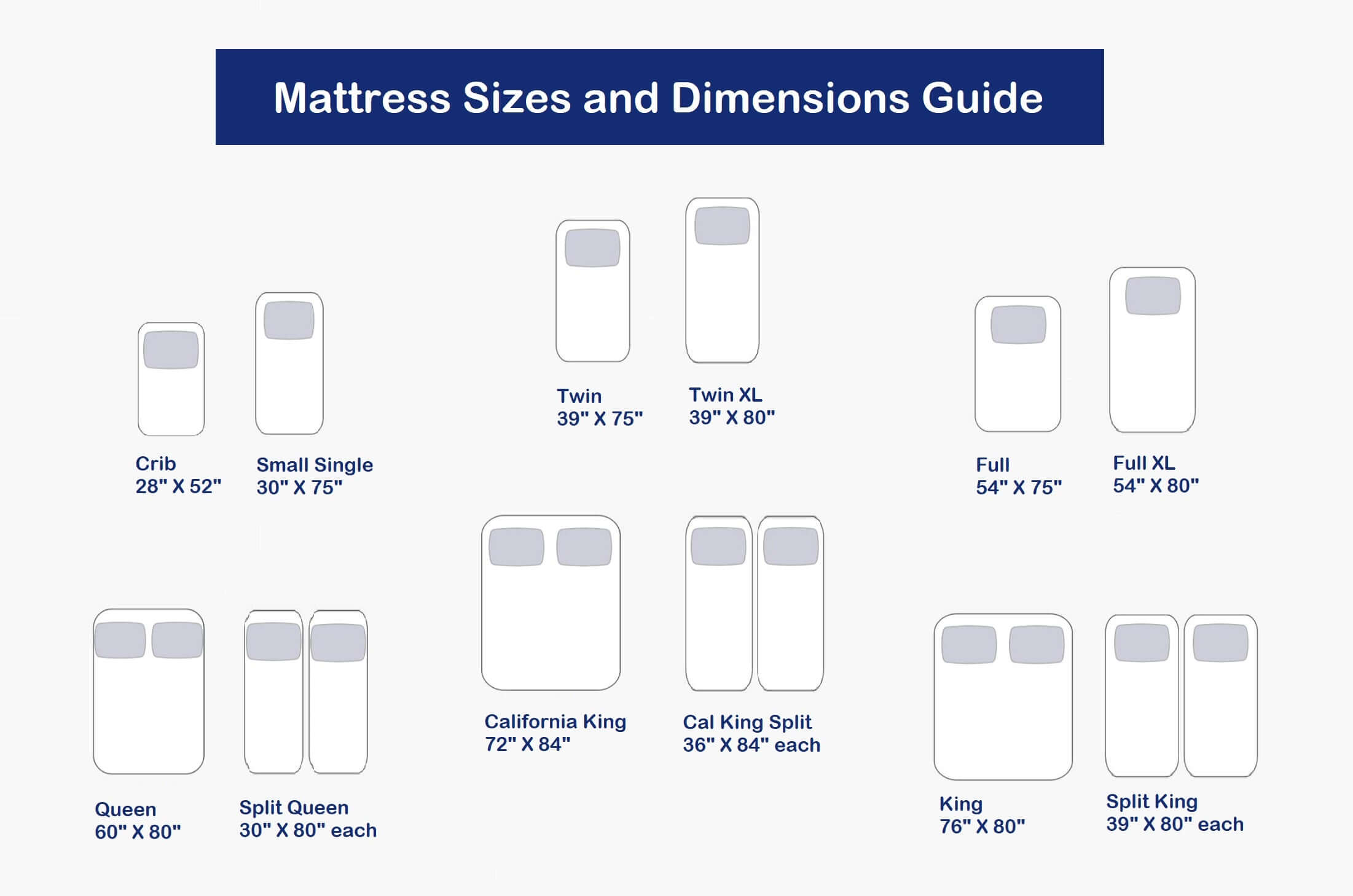Mattresses
Find the perfect mattress at LA Mattress Store for great sleep. Enjoy our 120-night comfort guarantee and low prices. Plus, free delivery and a 10-year warranty.
Filter
Why Choose LA Mattress Store for Your Next Mattress?
Feel the comfort for yourself at your nearest LA Mattress Store.
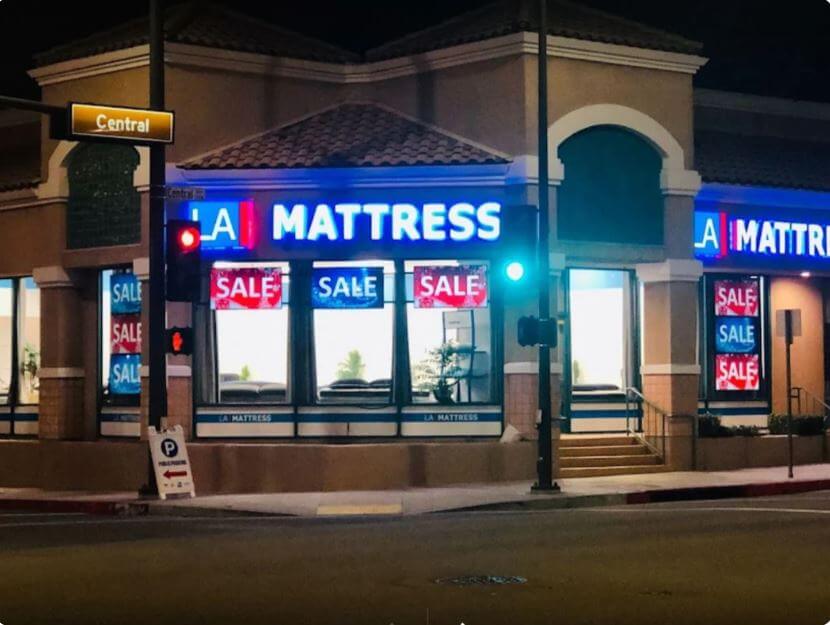
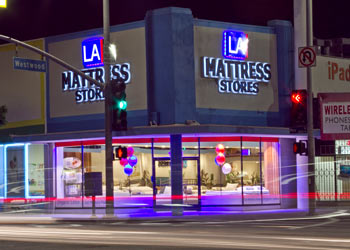
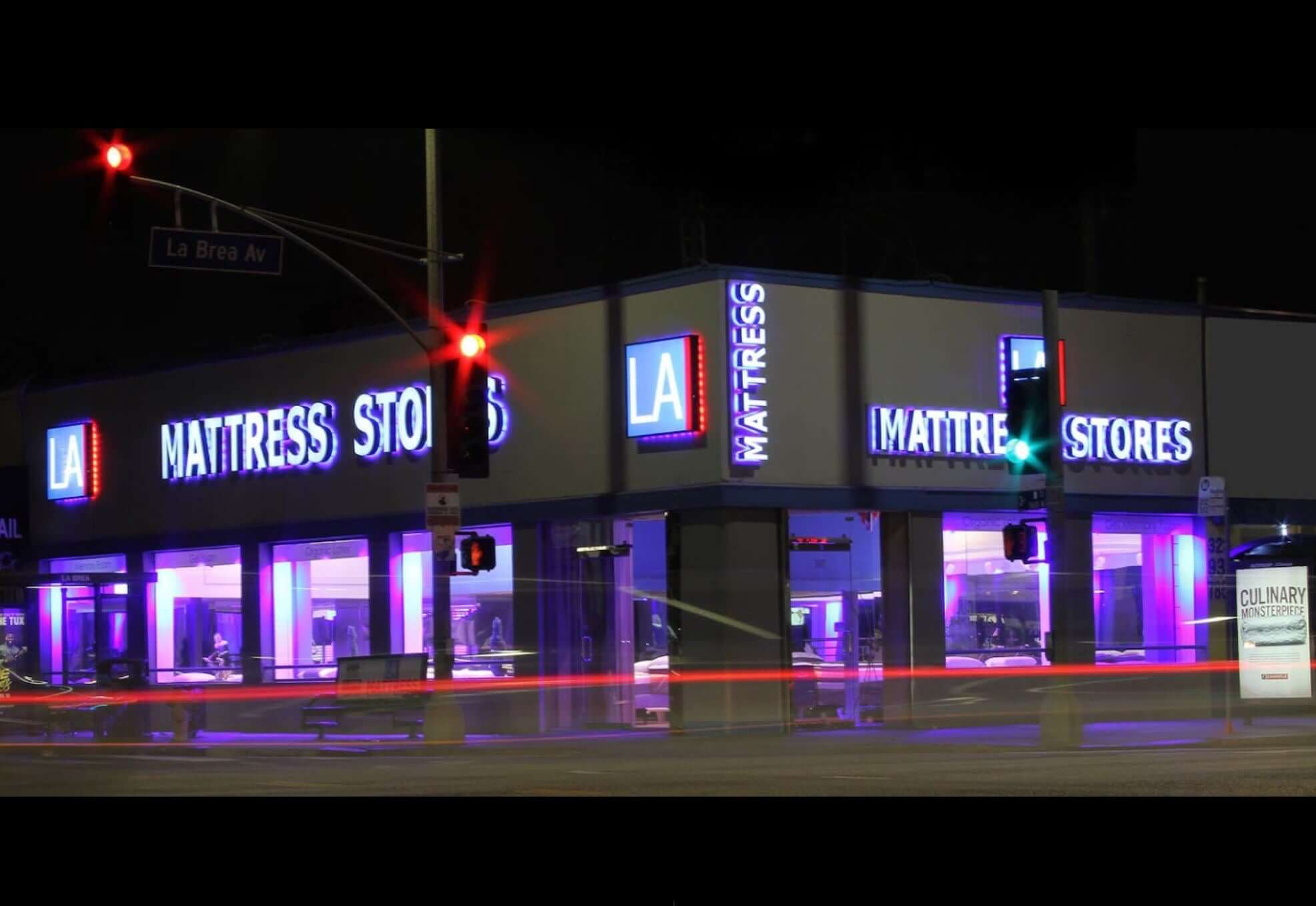
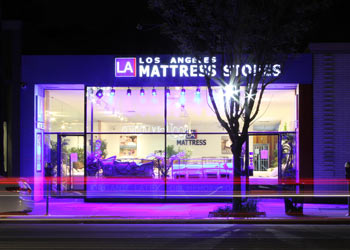
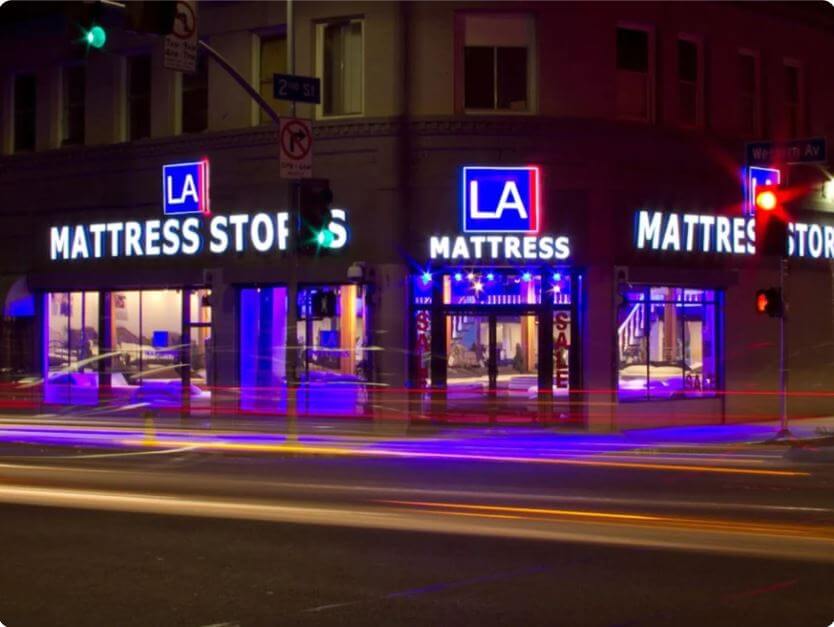
Shop by Mattress Size
Explore Our Wide Range of Mattresses
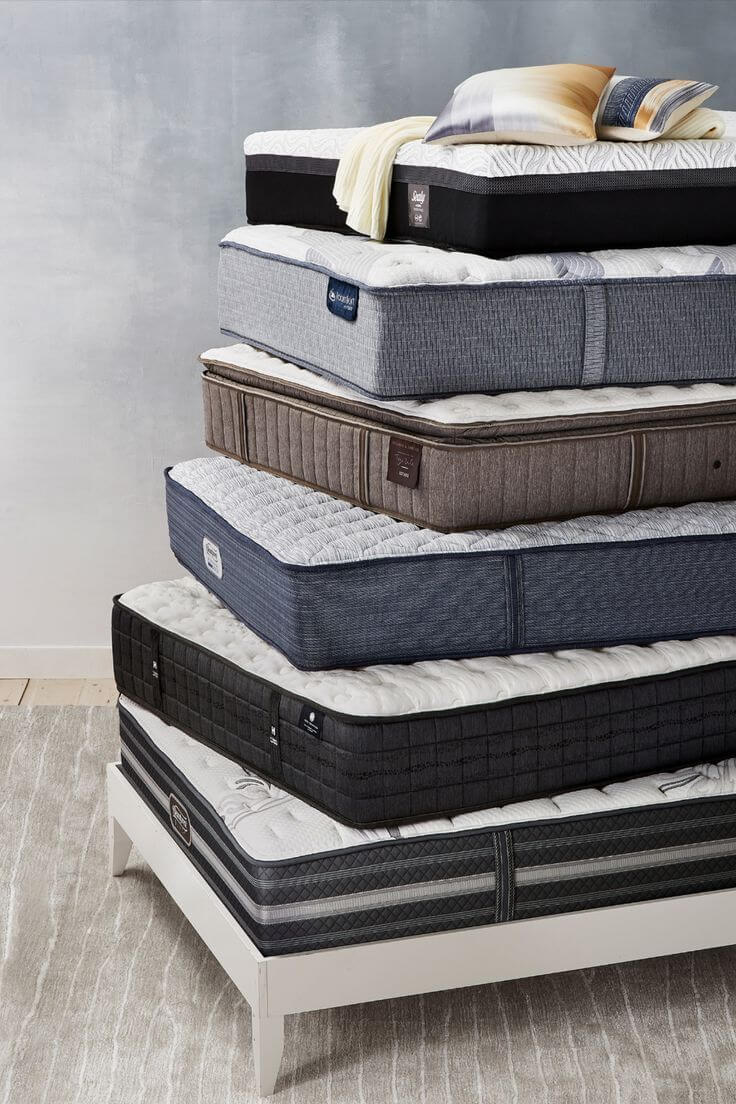
Explore Our Wide Range of Mattresses
At LA Mattress Store, we offer a comprehensive selection of mattresses designed to cater to every comfort level and sleep preference. Whether you're looking for memory foam, bed-in-a-box, latex, or hybrid mattresses, we have options to fit your unique needs. Shop now to find a mattress that supports restful, rejuvenating sleep every night.
Find the Right Mattress for Your Sleep Style
Understanding your sleep style is key to finding the right mattress. Whether you’re a side sleeper, stomach sleeper, or a combination sleeper, we have a range of options designed for optimal support and comfort. Our experts can help guide you to the mattress that aligns with your sleep needs.
















